
ABA is a short name for Applied Behavior Analysis, a science that uses modern behavioral learning therapy to modify behaviors. The root of this science is the rejection of hypothetical constructions and strict focus on the apparent relationship of behavior to the environment. ABA therapy manipulates the relationship between the targeted behavior and the environment and changes that behavior. This technique is often used to treat autism, and it is often mistakenly considered to be a therapy for autism. However, the efficiency of this treatment may be limited by diagnostic severity and patient’s IQ level.
Autism Overview
Autism is a disorder of neural development that is typically characterized by impaired social interaction and communication, along with the repetitive behavior and very limited area of interest. For every 1.000 children who are born worldwide, about 1 or 2 will have autism. The first signs of this disorder are typically noticeable before the age of three. In many cases symptoms develop gradually but many children suffering from autism have first developed normally and then made a regress. In general, signs and symptoms of autism are distinguished by slower than normal development, starting from the age of six months. The symptoms usually include impairments in social interaction and communication, slow attention to social stimuli, less than normal eye contacts, difficulties to express and point at things, repetitive movement, ritualistic behaviors, and resistance to change, compulsive behavior, etc.
Applied Behavior Analysis in treatment of Autism
ABA is used to teach children with autism social, motor and verbal behaviors, along with the reasoning skills. Children with autism are severely impaired, in comparison to other children of the same age, and their development is typically slow. The other children may simply pick up all these behaviors as they grow up and mature but, for children with autism, even the simple developmental milestones may come much later. ABA treatment, therefore, helps the children acquire these skills and behaviors by behavioral observation, positive reinforcement or prompting to teach each step. The ABA approach can be conducted by the certified behavior analyst, counselor, or even a parent. The system is relatively simple, and it focuses on reinforcing a child with a reward each time the desired task is performed correctly. The important thing would also be to determine what triggers the certain kind of behavior in a child and what reinforces the behavior. The backbone of the treatment is to reinforce the child from the environment and also to remove the triggers that may affect the child’s behavior in a negative manner.



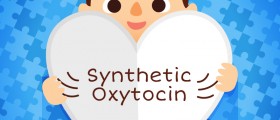

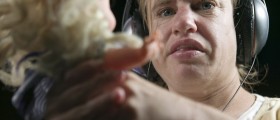

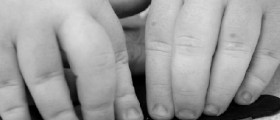


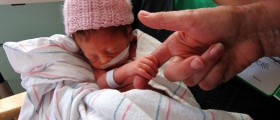




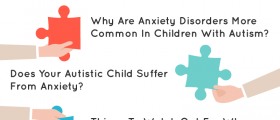

Your thoughts on this
Loading...